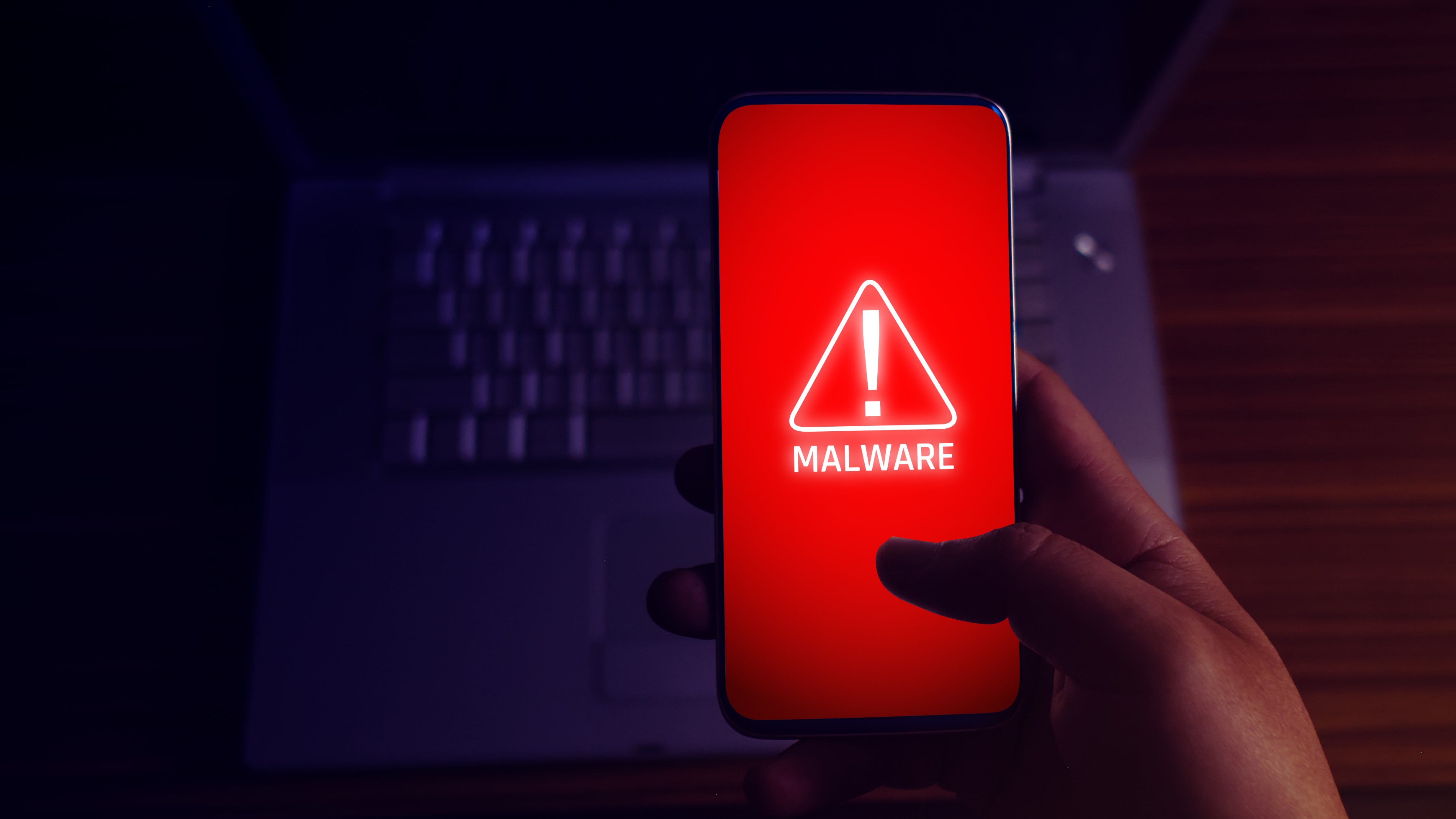Over 25 new malware variants created every single hour as smart device cyberattacks more than double in 2024
637 new variants are detected every day, SonicWall claims

- SonicWall's Cyber Threat claims malware attacks are on the rise
- Hundreds of new variants were detected every day
- Cyberattacks are moving at an unprecedented pace
A ‘continued onslaught of cyberattacks’ is hitting SMBs, new research from SonicWall has claimed, with 210,258 ‘never-seen-before’ malware variants detected - amounting to 637 new variants per day.
Shockingly, in a single 40-hour work week, SonicWall sensors detected 50 hours worth of critical attacks, meaning the average firewall was under 125% capacity of attacks.
The researchers also estimated 12.6% of all revenues are exposed to cyberthreats without proper protection - which could be incredibly costly.
An unprecedented pace
The attacks aren’t just getting more frequent, they’re getting more sophisticated too. Encrypted threats rose 92%, the research shows, and TLS-encrypted transfers are increasingly utilized to deliver malware and other threats.
This strain is taking its toll too, with cybersecurity teams struggling to keep up with the growing levels of threats, many reporting increased stress, burnout, and an impact on mental health.
“Threat actors are moving at an unprecedented pace, exploiting new vulnerabilities within days, while we’re observing that it takes some organizations 120 to 150 days to apply a critical patch,” said SonicWall President and CEO Bob VanKirk.
“Now more than ever, businesses need the expertise of an MSP/MSSP backed by with real-time threat monitoring and SOC capabilities. Legacy security solutions are no longer enough, businesses must adopt a new mindset to stay ahead of modern cyber threats.”
Are you a pro? Subscribe to our newsletter
Sign up to the TechRadar Pro newsletter to get all the top news, opinion, features and guidance your business needs to succeed!
Despite threat actors moving at an “unprecedented pace”, VanKirk claims organizations have been observed taking 120-150 days to apply a critical patch, meaning the company is seriously vulnerable to intrusions.
Security teams are facing an enormous amount of pressure, especially since a successful cyberattack can cost an organization millions of dollars, with this cost doubling in 2024.
“The threat landscape is completely overwhelming for organizations and the teams who defend them,” said Steven Huang, COO at Fornida.
“Most cybersecurity breaches include some degree of human error. Ultimately, there are two ways to battle this; reducing opportunity and educating users. The fewer opportunities there are for an error, the less users will be tested. And the more knowledge they have, the less likely they are to make a mistake even when they face an opportunity to do so.”
You might also like
- Take a look at our picks for the best antivirus around
- Check out our recommendations for the best malware removal software
- Australia follows US and bans all Kaspersky antivirus on government devices

Ellen has been writing for almost four years, with a focus on post-COVID policy whilst studying for BA Politics and International Relations at the University of Cardiff, followed by an MA in Political Communication. Before joining TechRadar Pro as a Junior Writer, she worked for Future Publishing’s MVC content team, working with merchants and retailers to upload content.
You must confirm your public display name before commenting
Please logout and then login again, you will then be prompted to enter your display name.